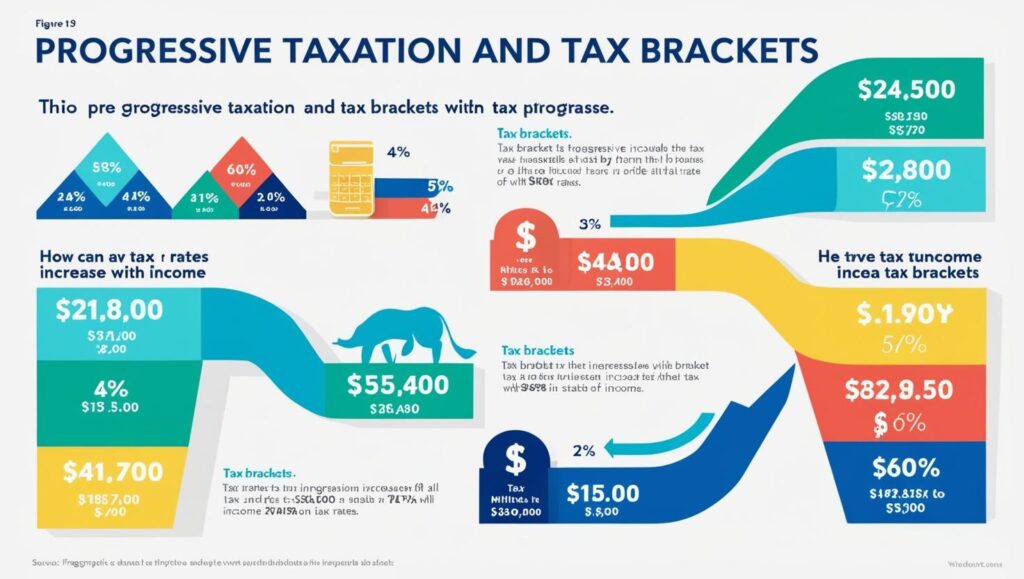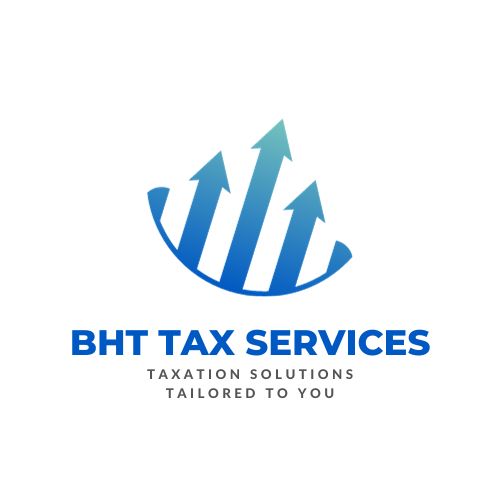What Are Tax Brackets? Explaining Progressive Taxation

Understanding the concept of tax brackets and progressive taxation is essential for individuals and businesses alike. These terms not only shape how governments collect revenue but also influence the way taxpayers calculate their obligations. In this comprehensive guide, we will delve into the mechanics of tax brackets, the principles of progressive taxation, and their impact on various income levels.
What Are Tax Brackets?
Tax brackets refer to a range of income levels that are taxed at specific rates. They are the foundation of progressive taxation systems, which impose higher tax rates on higher income earners and lower rates on lower income earners. Each taxpayer falls into one or more tax brackets depending on their taxable income.
For example, in the United States, there are multiple tax brackets, each associated with a marginal tax rate. As income increases, the applicable tax rate rises incrementally.
How Tax Brackets Work
To understand tax brackets, it’s crucial to recognize the concept of marginal tax rates. A marginal tax rate applies only to income within a specific range. Here’s how it works:
- Income Division: A taxpayer’s total taxable income is divided into portions, each corresponding to a tax bracket.
- Incremental Taxation: Each portion is taxed at the rate specified for its bracket.
- Effective Tax Rate: The average rate at which total income is taxed, which is generally lower than the highest marginal rate applied.
Example of Tax Brackets in Action
Let’s say there are three tax brackets:
- 10% for income up to $10,000
- 20% for income between $10,001 and $30,000
- 30% for income above $30,000
If someone earns $50,000, their tax would be calculated as follows:
- $10,000 × 10% = $1,000
- $20,000 × 20% = $4,000
- $20,000 × 30% = $6,000
Total Tax: $1,000 + $4,000 + $6,000 = $11,000
The effective tax rate is $11,000 ÷ $50,000 = 22%.
Progressive Taxation: Principles and Objectives
Progressive taxation is designed to ensure equity in tax systems. It operates on the principle that those who earn more should contribute a higher proportion of their income to public funds. This approach is based on two main objectives:
- Redistribution of Wealth: By taxing high earners at higher rates, progressive taxation helps reduce income inequality.
- Revenue Generation: High-income individuals contribute significantly to government revenue, funding public services and infrastructure.
Benefits of Progressive Taxation
1. Promotes Fairness
Progressive tax systems align with the principle of vertical equity, which holds that individuals with greater financial capacity should bear a larger tax burden.
2. Reduces Economic Inequality
Higher tax rates for top earners help mitigate disparities in wealth, fostering a more balanced society.
3. Provides Stable Revenue
By taxing higher incomes at steeper rates, governments secure stable revenue streams to fund essential programs like healthcare, education, and social welfare.
Criticisms of Progressive Taxation
While progressive taxation has clear advantages, it also faces criticism:
1. Disincentive to Work
Opponents argue that higher tax rates on additional income may discourage productivity and investment.
2. Complexity in Compliance
Progressive tax systems often involve detailed calculations, making compliance challenging for taxpayers without professional assistance.
3. Potential for Tax Avoidance
High-income individuals may employ strategies to minimize their tax liability, undermining the system’s effectiveness.
Tax Brackets Around the World
Countries vary widely in their tax structures. Here’s a brief overview:
United States
- Federal tax brackets range from 10% to 37%.
- Additional state taxes may apply.
United Kingdom
- Income tax brackets start at 20% and go up to 45% for high earners.
- National Insurance contributions supplement income tax.
Canada
- Federal tax rates range from 15% to 33%, with provincial taxes added on top.
How to Optimize Your Tax Strategy
Understanding your position within tax brackets can help you minimize tax liability legally. Here are strategies to consider:
1. Maximize Deductions
Claiming deductions for expenses like mortgage interest, charitable donations, or education can lower taxable income.
2. Leverage Tax Credits
Tax credits directly reduce the amount of tax owed, making them more valuable than deductions.
3. Contribute to Tax-Advantaged Accounts
Investing in accounts like 401(k)s or IRAs can defer taxes and lower current taxable income.
Future of Tax Brackets and Progressive Taxation
As economies evolve, governments may adjust tax brackets and rates to address changing fiscal needs. The ongoing debate about wealth inequality and economic justice ensures that progressive taxation remains a cornerstone of tax policy discussions.
Understanding tax brackets and progressive taxation is vital for managing your finances effectively. By grasping these concepts, taxpayers can plan better, reduce liabilities, and contribute fairly to societal development.
